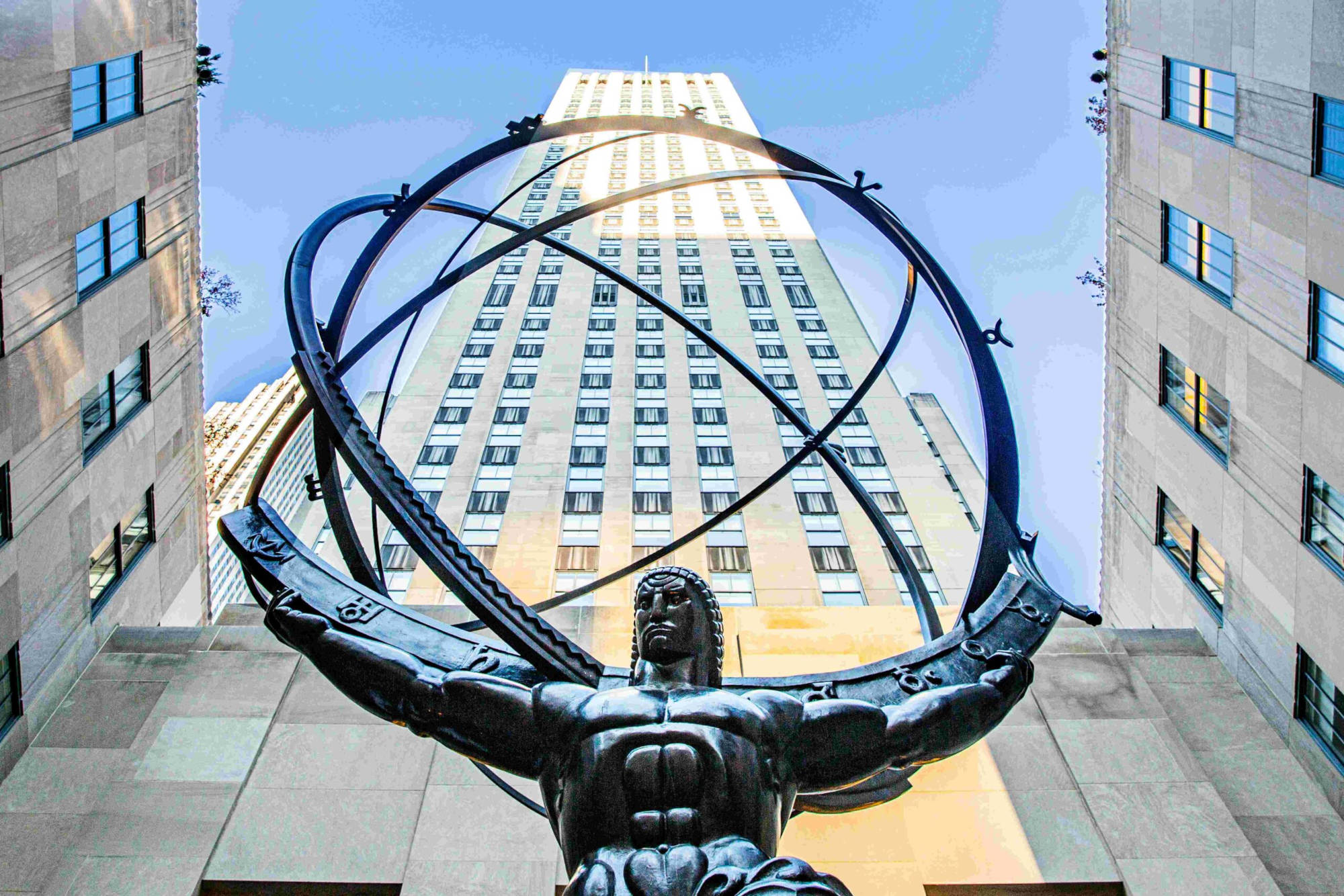The World Food Program
Unilever’s mission is to “add vitality to life.” As one of the world’s largest food companies, it believed that this mission clearly extended to the 850 million people around the world suffering from hunger and malnutrition. This case outlines briefly the partnership that Unilever created with the UN World Food Program (WFP) to address this issue, through 3 core activities: (1) Cause-related marketing; (2) national/school feeding support; and (3) employee engagement. Some of the activities and challenges of the employee engagement program, covering 200,000 people worldwide are covered in more detail.
This case can be used to stimulate discussions with leaders around how to address the challenges and realize opportunities from CSR initiatives. Questions it can stimulate discussion around include: How do you gain the support of the wider organization for centrally developed initiatives? How do you align the objectives and messages of initiatives, such as the WFP, with those of your strategy and core brands? What does it take to overcome the hurdles?
2006 – 2008
Cranfield University
Wharley End Beds MK43 0JR, UK
Tel +44 (0)1234 750903
Email [email protected]
Harvard Business School Publishing
60 Harvard Way, Boston MA 02163, USA
Tel (800) 545-7685 Tel (617)-783-7600
Fax (617) 783-7666
Email [email protected]
NUCB Business School
1-3-1 Nishiki Naka
Nagoya Aichi, Japan 460-0003
Tel +81 52 20 38 111
Email [email protected]
IMD retains all proprietary interests in its case studies and notes. Without prior written permission, IMD cases and notes may not be reproduced, used, translated, included in books or other publications, distributed in any form or by any means, stored in a database or in other retrieval systems. For additional copyright information related to case studies, please contact Case Services.
Research Information & Knowledge Hub for additional information on IMD publications
in I by IMD
Research Information & Knowledge Hub for additional information on IMD publications
Research Information & Knowledge Hub for additional information on IMD publications
Research Information & Knowledge Hub for additional information on IMD publications
Research Information & Knowledge Hub for additional information on IMD publications
in I by IMD
Research Information & Knowledge Hub for additional information on IMD publications
Research Information & Knowledge Hub for additional information on IMD publications
Research Information & Knowledge Hub for additional information on IMD publications
Research Information & Knowledge Hub for additional information on IMD publications
Research Information & Knowledge Hub for additional information on IMD publications
Research Information & Knowledge Hub for additional information on IMD publications









